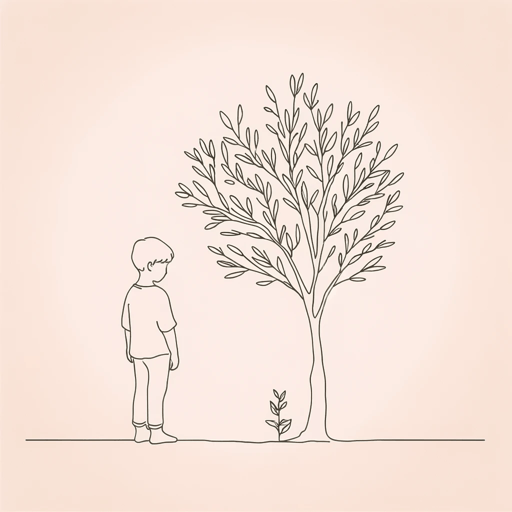27 pages • 54 minutes read
Éric-Emmanuel SchmittMonsieur Ibrahim and the Flowers of the Koran
Fiction | Novella | Adult | Published in 2001A modern alternative to SparkNotes and CliffsNotes, SuperSummary offers high-quality Study Guides with detailed chapter summaries and analysis of major themes, characters, and more.
Story Analysis
Analysis: “Monsieur Ibrahim and the Flowers of the Koran”
This first-person bildungsroman, or coming of age narrative, opens with a simple, declarative, one-sentence paragraph: “When I was eleven years old, I broke open my piggy bank and went to see the whores” (5). Given that Schmitt initially composed the work as a play, one can imagine its narrator Moses—a young adult looking back on his youth—offering a deadpan delivery of this striking fact amid the audience’s surprised laughter. This comical introductory sentence introduces the lighthearted tone that Schmitt sustains throughout the narrative, even when addressing traumatic elements.
In the following paragraphs, Schmitt establishes Moses’s cultural identity by using blatant anti-Semitic tropes and viciously bigoted stereotypes. The novella paints the boy’s father as a money-obsessed Jewish man, invoking one of the most common derogatory images of Jewish people in this man consumed with greed. The boy’s resentment of his father comes across in his description of the piggy bank his father selected: It is “the color of vomit” (5) and has a slit allowing money to enter but not leave—details that sum up the father’s attitude towards money and life. Moses’s father coldly rejects his son, interacting with him primarily to scolds him for money that’s gone missing.
Featured Collections
Books Made into Movies
View Collection
Coming-of-Age Journeys
View Collection
Fathers
View Collection
Forgiveness
View Collection
French Literature
View Collection
Friendship
View Collection
Novellas
View Collection
Philosophy, Logic, & Ethics
View Collection
Realistic Fiction (High School)
View Collection
Religion & Spirituality
View Collection


